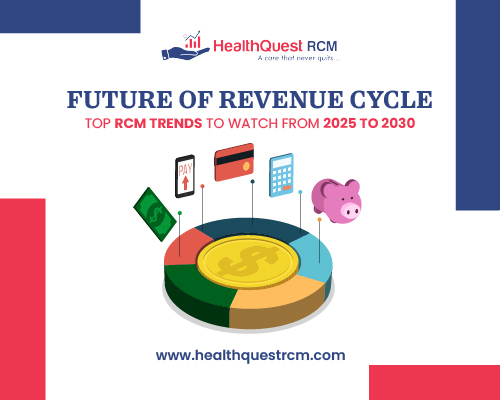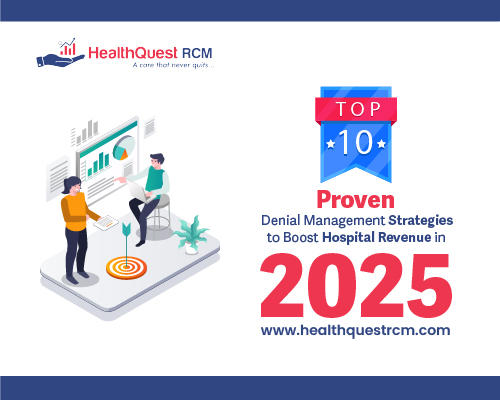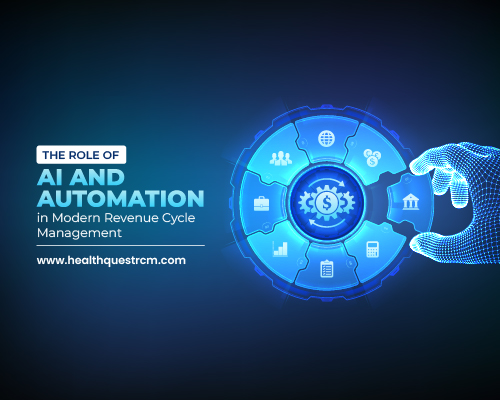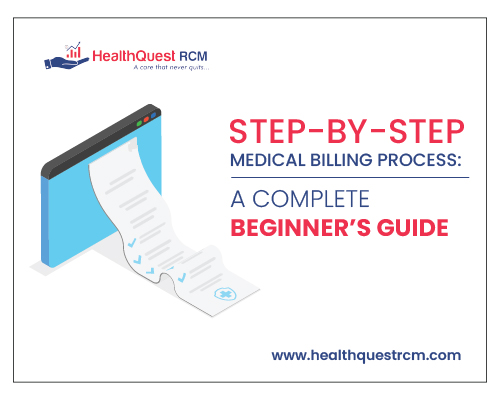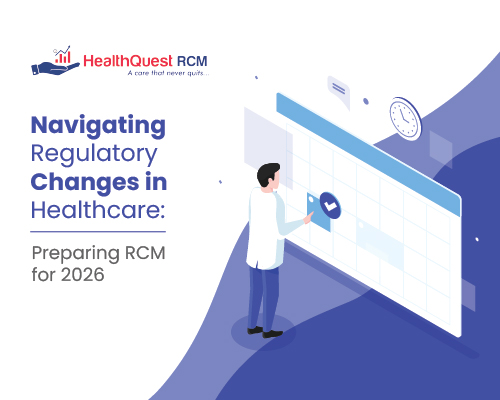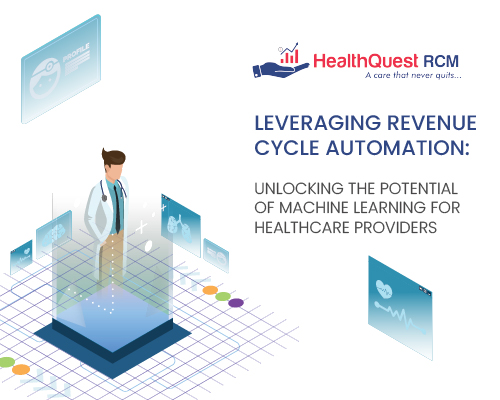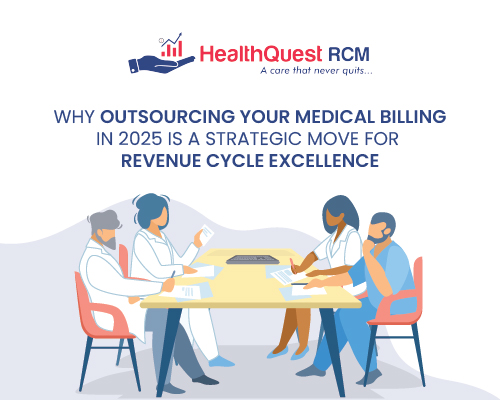The future of revenue cycle management is no longer just about faster billing or fewer denials, it’s about rethinking how care and payment are connected. As healthcare systems evolve, the ManagementRCM trends 2025–2030 will focus on smarter technology, streamlined workflows, and patient-centered strategies.
Let’s explore the key drivers shaping the next generation of healthcare billing innovation, from AI in medical billing to value-based care and RCM alignment.
1. AI in Medical Billing: Smarter, Faster, More Accurate
The integration of AI in medical billing is rapidly reshaping how healthcare organizations manage claims. From real-time coding assistance to predictive claim validation, AI is:
- Reducing human errors
- Accelerating claim approvals
- Minimizing denials and rework
This is not just automation, it’s intelligent decision-making that scales with your organization’s needs. As next-gen RCM technology evolves, AI will become central to every phase of billing and collections.
2. Digital Transformation in RCM
The digital transformation in RCM is about more than just electronic records. It includes:
- Cloud-based billing platforms
- Real-time patient eligibility checks
- Automated prior authorizations
- Integrated payment portals
These innovations create smoother workflows and better patient experiences. The future of revenue cycle depends on this shift to digital-first, data-rich ecosystems that improve both financial and clinical outcomes.
3. ManagementRCM Trends 2025–2030: Predictive Analytics and Automation
As we look toward ManagementRCM trends 2025–2030, predictive analytics will lead the charge. Providers will use historical data to:
- Forecast patient payment behavior
- Optimize scheduling and resource use
- Anticipate denial risks
Automation will also increase across claims, collections, and appeals. This transition allows teams to focus on strategy while repetitive tasks are handled by machines.
4. Value-Based Care and RCM Alignment
With the move to value-based care models, the relationship between value-based care and RCM is tighter than ever. In this future model:
- Providers are reimbursed based on outcomes, not volume
- RCM must track and report on quality metrics
- Patient engagement becomes financially critical
Healthcare billing innovation must now support quality care tracking, making billing and clinical systems more intertwined than ever.
5. Next-Gen RCM Technology and Interoperability
The next wave of next-gen RCM technology will be defined by interoperability. That means:
- Seamless data exchange between EHRs, billing platforms, and payers
- Unified dashboards for financial and clinical teams
- Smart alerts for real-time financial decision-making
True digital transformation in RCM relies on systems talking to each other. The goal? A unified revenue ecosystem that supports faster payments, fewer errors, and better outcomes.
Conclusion: The Future of Revenue Cycle is Here
The future of the revenue cycle isn’t a distant concept. It’s happening now, with smarter tools, integrated systems, and patient-focused models. Whether it’s through AI in medical billing, automation, or value-based care and RCM, staying ahead of these ManagementRCM trends 2025–2030 is critical for long-term success.
At HealthQuest RCM, we help healthcare providers embrace healthcare billing innovation that drives real results.
FAQs: Future of Revenue Cycle Management
The future of revenue cycle management includes AI integration, automation, interoperability, and alignment with value-based care models for smarter, patient-centric billing.
Trends include predictive analytics, AI-driven claims processing, digital transformation in RCM, next-gen interoperability, and value-based reimbursement tracking.
AI in medical billing helps with accurate coding, real-time claim validation, fraud detection, and denial prevention, leading to faster reimbursements and fewer errors.
It enables streamlined workflows, better patient communication, faster payments, and easier data access for providers, enhancing both efficiency and outcomes.
Value-based care and RCM work together to align financial incentives with patient outcomes, requiring more sophisticated billing strategies and performance tracking.

